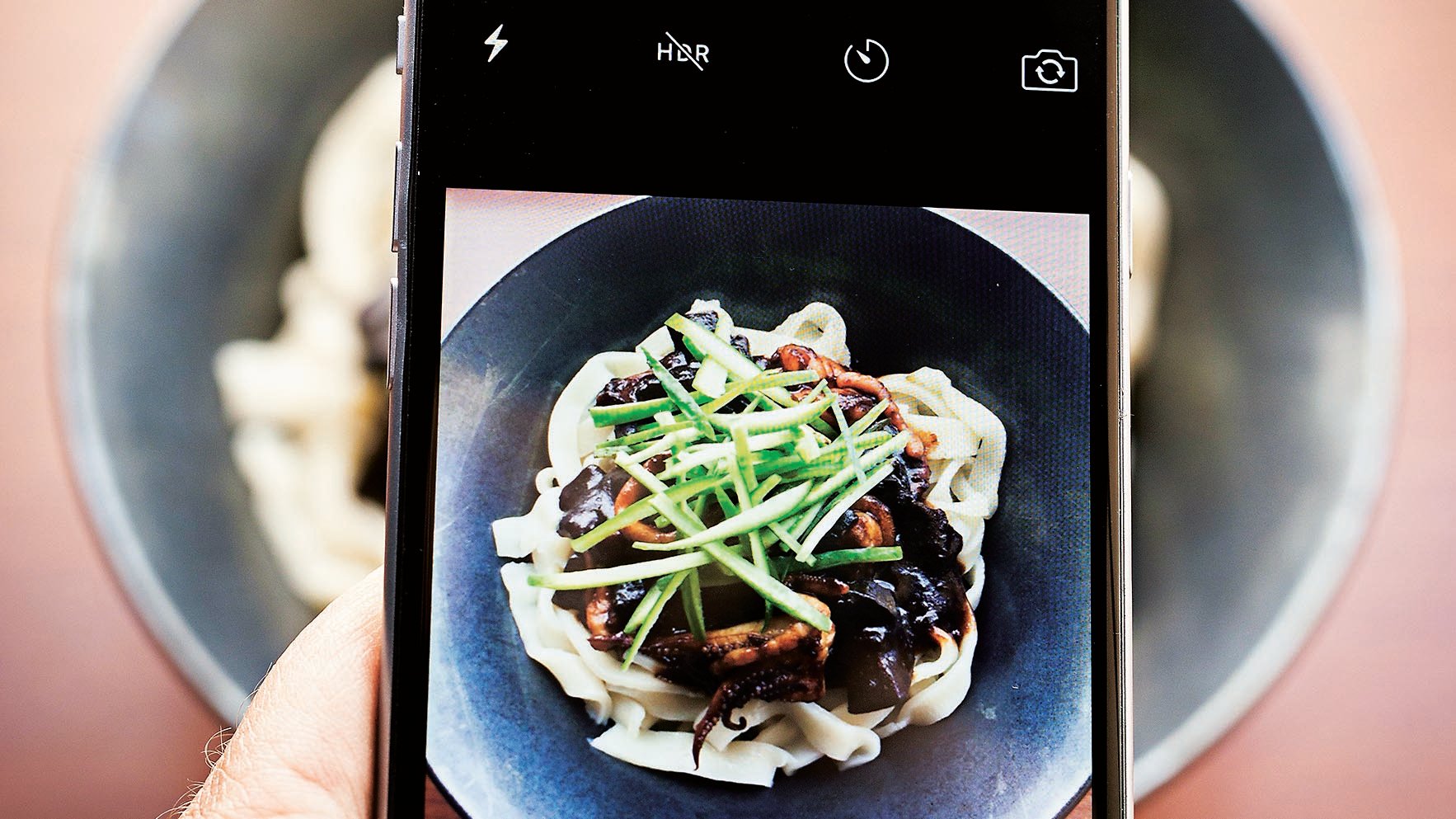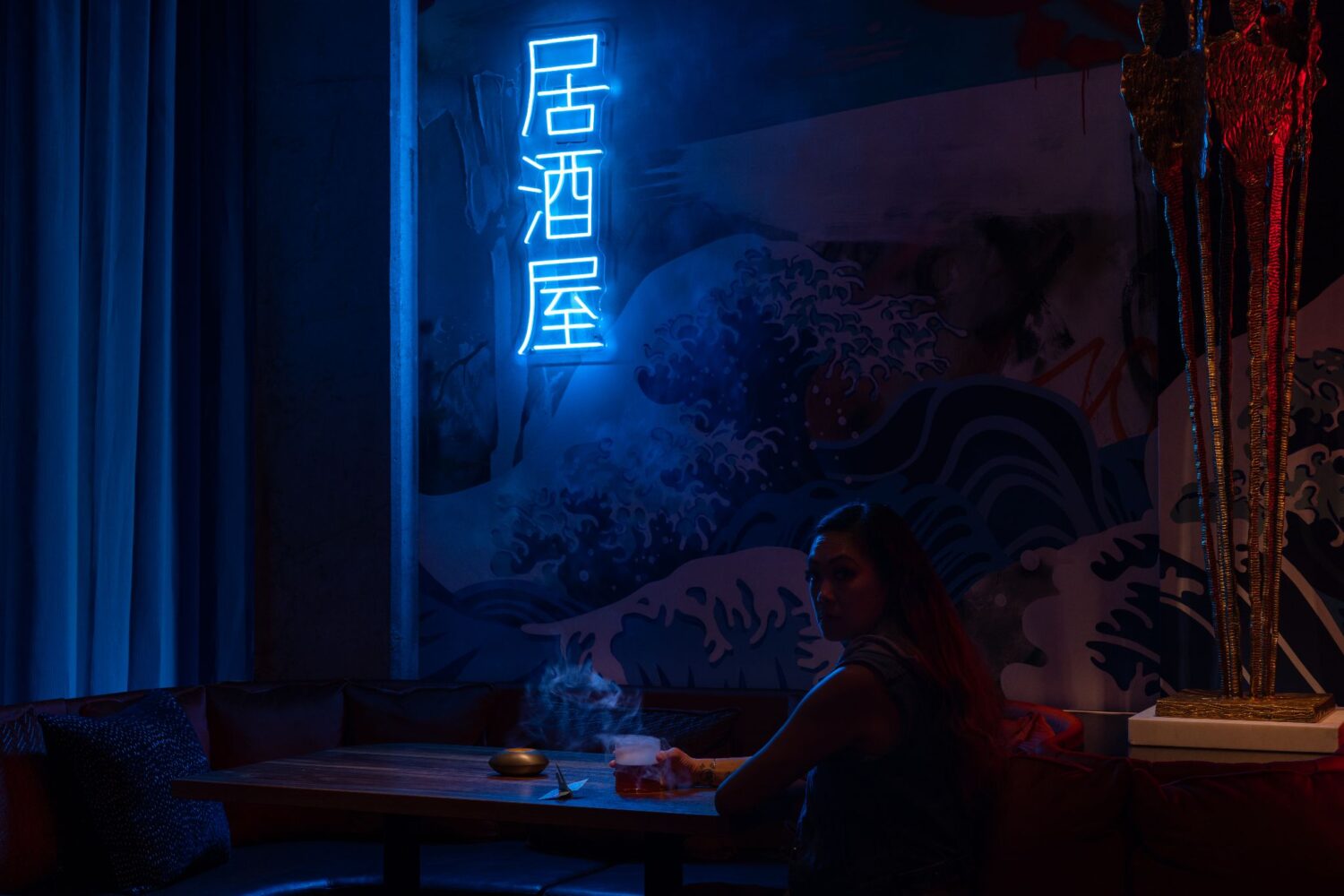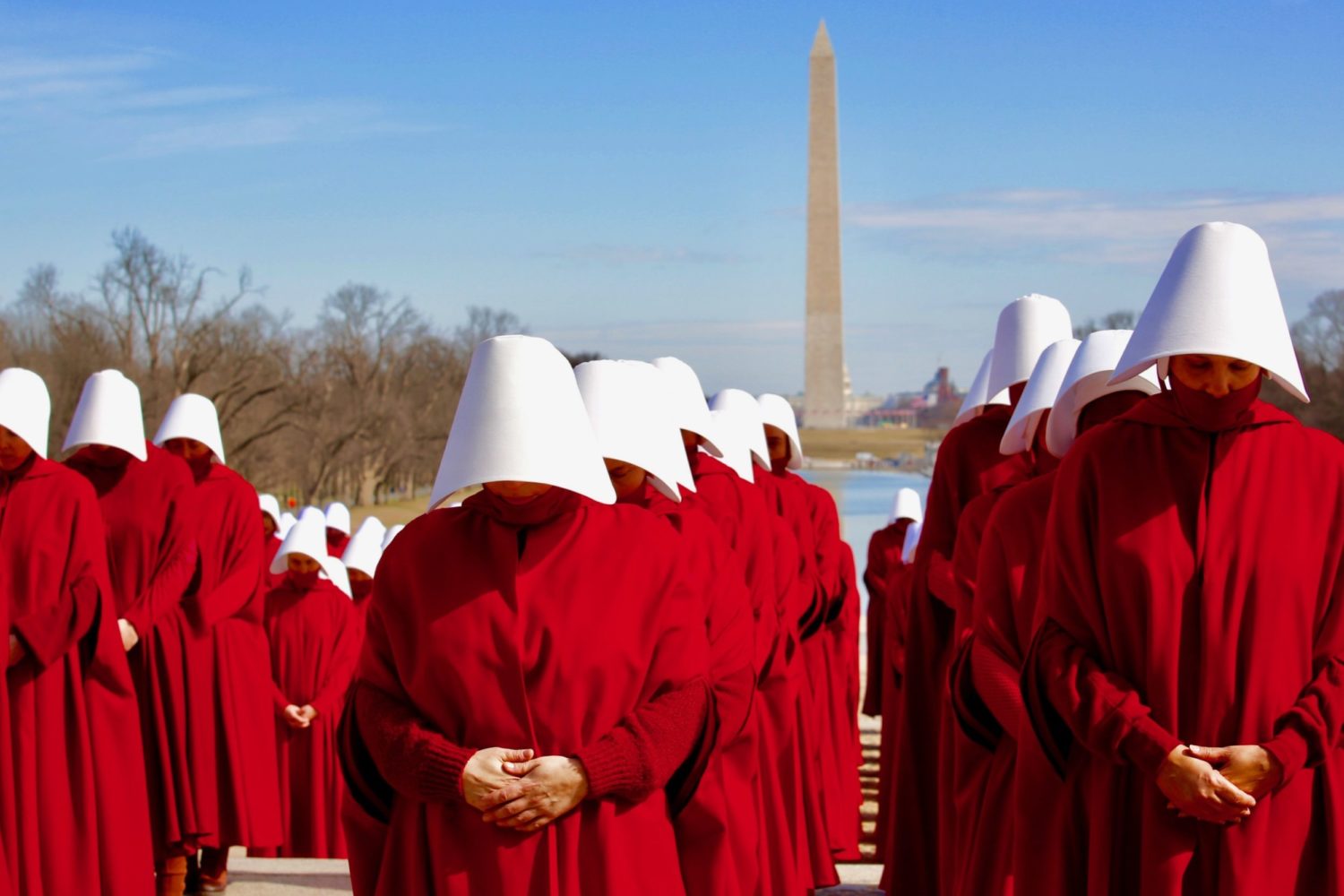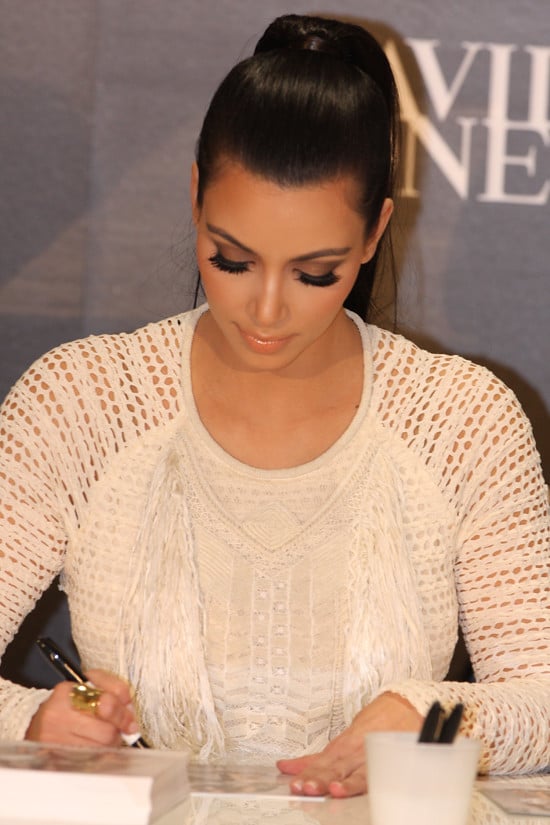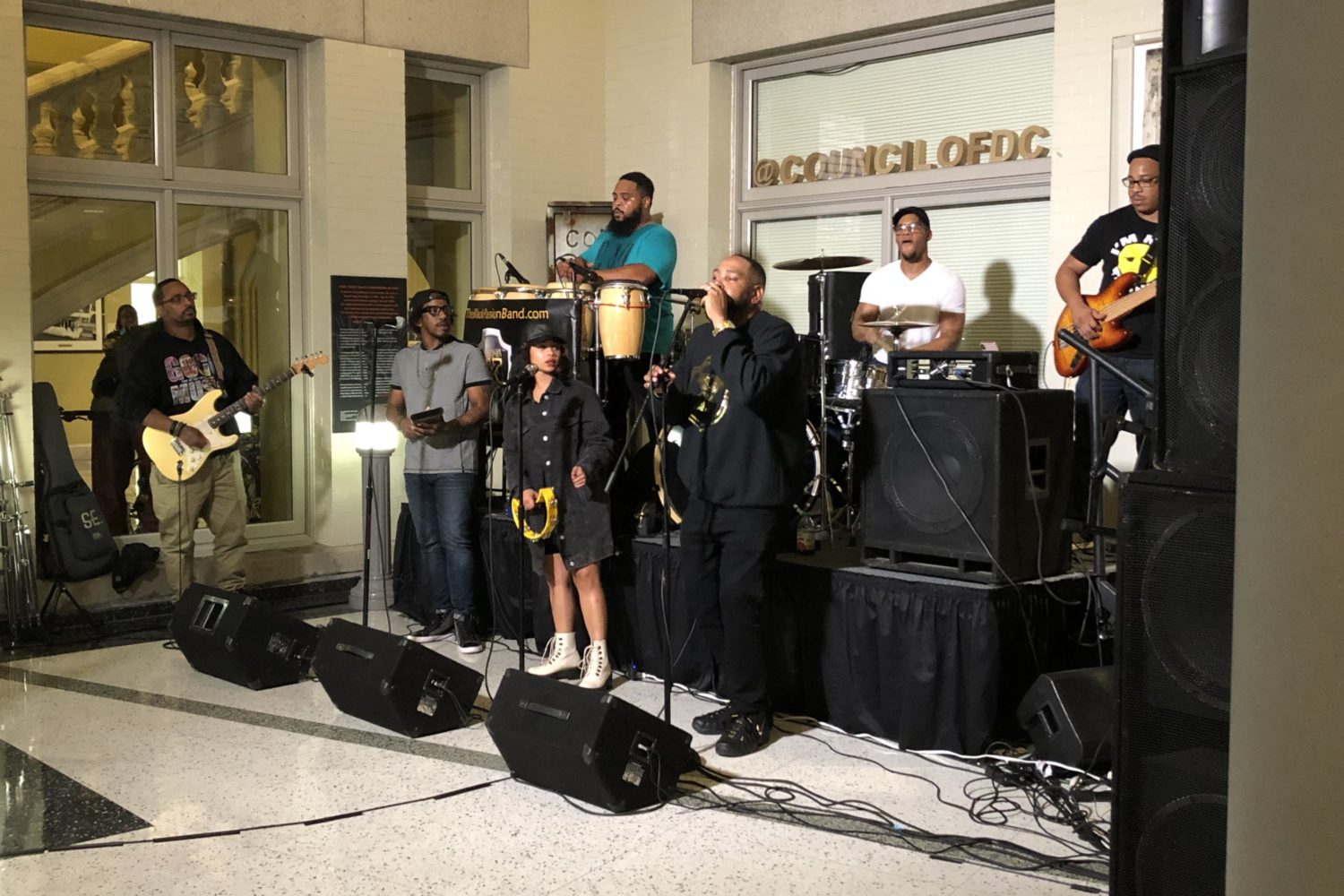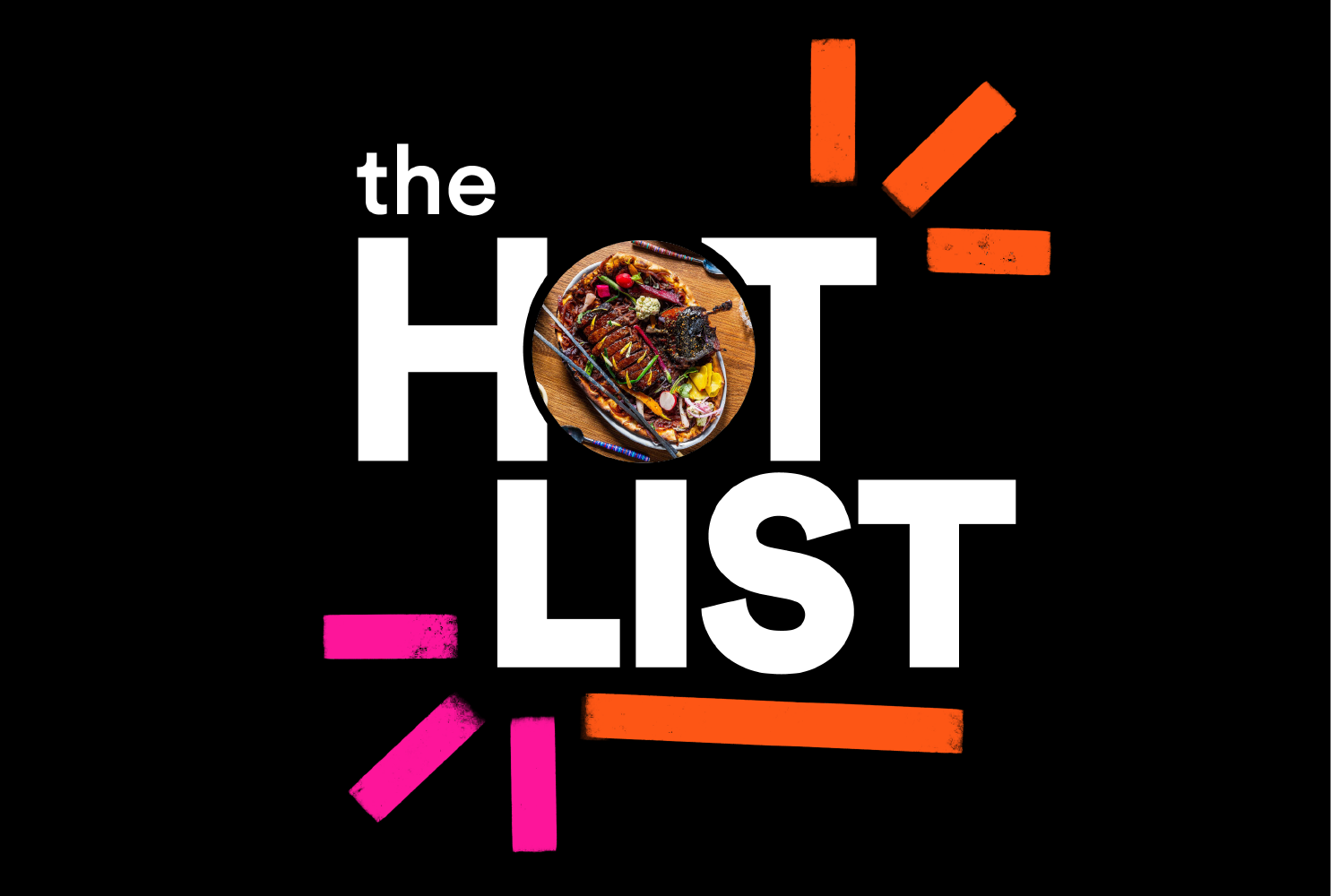Having your phone on the table stopped being rude
In fact, since Instagram launched in 2010, restaurateurs started actively baiting you to take out your phone. They turned up the lights and added graphic tile floors and other eye-catching decorative touches. They created stunt-y milkshakes and vibrant poke bowls and sushi doughnuts and noodle-pull-friendly cacio e pepes. After all, there is no better free advertising than Insta, where negativity only rarely sneaks in. But it wasn’t always that way. When Shaw’s Rogue 24 opened in 2011, it actually had a no photography and no cell phone clause written into a guest’s pre-dining contract. These days, only a few places—like the staunchly low-lit Komi in Dupont Circle—actually forbid you from taking out your phone.

A bunch of celebrity chefs threw in the towel
Alain Ducasse. Eric Ripert. Jean-Georges Vongerichten. Susur Lee. Mark Vetri. Those out-of-town restaurateurs all had dining rooms here at one point over the last decade. Only Westend Bistro remains, and Ripert is no longer affiliated with it. Meanwhile, Top Chef star Bryan Voltaggio shut down most of his places in DC, Virginia, and Baltimore, including Range, Aggio, Lunchbox, and three locations of Family Meal. And we all know what happened with Mike Isabella.
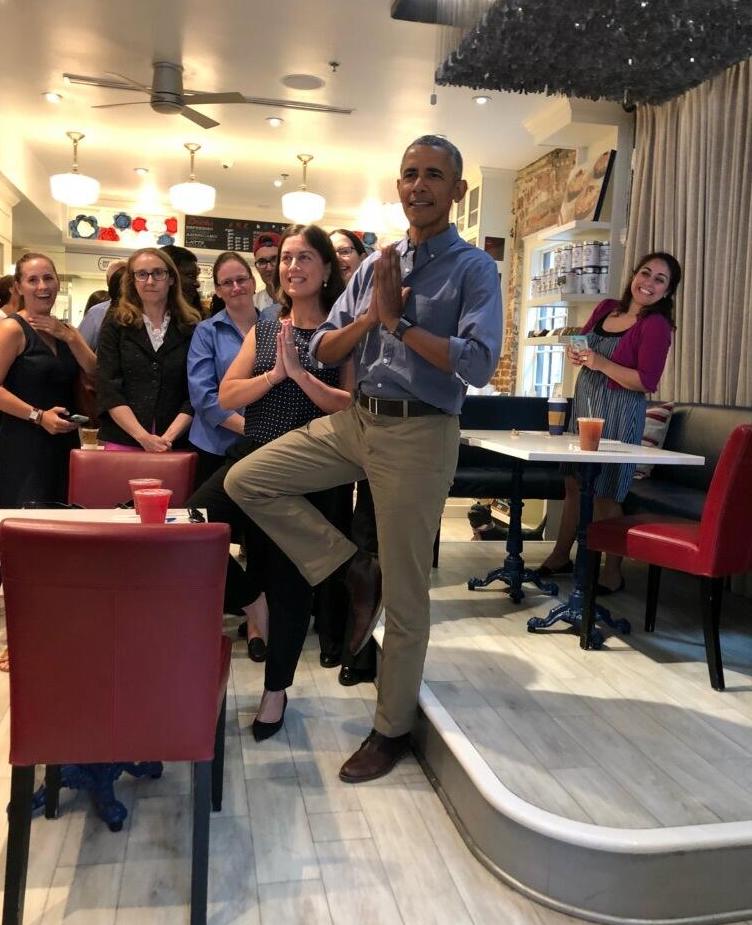
At one point, we had a President who was a dining trendsetter
For some DC restaurants—and for those of us that cover DC food—the Obama years were golden times. Unlike predecessors George and Laura Bush, the President and First Lady were always out on the town, throwing national attention towards spots priced high (Komi, Citronelle, Charlie Palmer Steak), middle (Chez Billy Sud, BlackSalt, Rose’s Luxury), and low (We, the Pizza, Five Guys, Ray’s Hell Burger). The Obamas didn’t singlehandedly make DC cool, but their interest in our thriving dining scene certainly added gas to the engine.

Restaurants became even more political
Whether they liked it or not, local dining rooms became the scenes of politically fueled confrontations. Protestors circled Ted Cruz at Fiola and Kirstjen Nielsen at MXDC. Kellyanne Conway was screamed at inside Bethesda’s Rio Grande Cafe. A Sidwell Friends middle school teacher pushed then-EPA chief Scott Pruitt to resign at Teaism (he did a few days later). Sarah Huckabee-Sanders was kicked out of Virginia’s Red Hen (no relation to the DC restaurant with the same name).
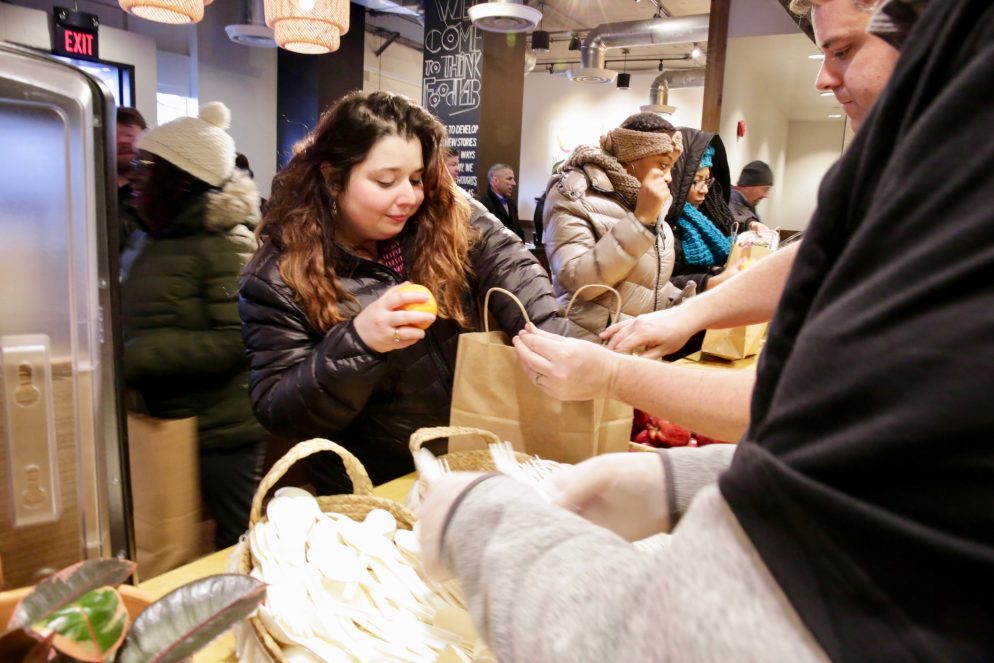
José Andrés went from chef to savior
The Spanish-American chef went from being DC’s biggest-deal culinary figure to one of the world’s most lauded humanitarians (Nobel speculation and all). At the beginning of the decade, he was certainly famous enough. He’d opened restaurants in Vegas and Los Angeles. He’d fed his dragon’s breath popcorn to Anderson Cooper on 60 minutes. He’d even landed on Time’s list of the 100 most influential people. What launched him to international-hero status was his nonprofit World Central Kitchen, which he founded in 2010. Its mobile kitchens fed millions of meals to survivors of natural disasters in Haiti, Puerto Rico, the Bahamas, and beyond, plus federal workers during the government shutdown. And his feud with Donald Trump made him a patron saint of the resistance.

We finally got some validation
DC went into the 2010s with a chip on its shoulder. We were routinely dismissed as a steakhouse town—a dated trope even ten years ago—by the national press. Even one of our own, star baker Mark Furstenberg, wrote a Washington Post essay noting the deficits in DC’s food culture. Perceptions shifted in 2016, when Bon Appetit named DC the top restaurant city in the country and put a tattooed server from Rose’s Luxury on its cover. The following year, two servers from Bad Saint made the same magazine’s cover. In the years since, restaurants like Maydan, Seven Reasons, and Kith/Kin have made many a national best-restaurant list. And whether you embrace Michelin or roll your eyes at it, its presence does put DC on a more prominent dining stage with an international audience. Even our booming fast-casual scene is better than those in other cities, with folks in NYC freaking out over Sweetgreen and lining up for the newest Cava.
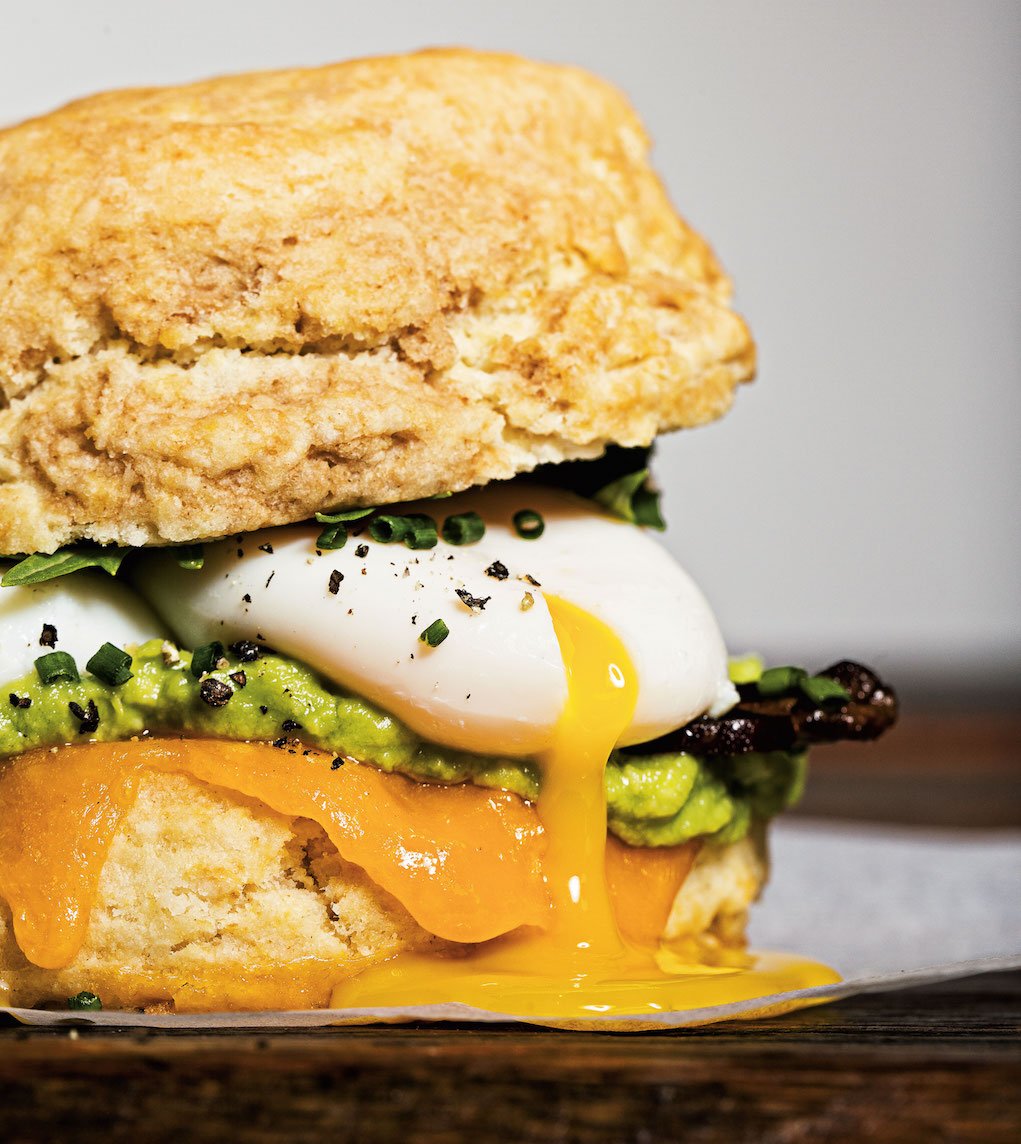
We became a breakfast town!
At the beginning of the decade, some grousing ex-New Yorkers had a point: it was damn hard to get a good breakfast sandwich—or breakfast in general—in this town. Not anymore. Bagel shops, biscuit places, doughnut makers, and bakeries have thrived here. One thing that didn’t take: Diners. The retro Slim’s, which opened in 2016 and lasted three years, still sits vacant in Petworth. Mark Bucher’s Community lasted less than a year in Bethesda.
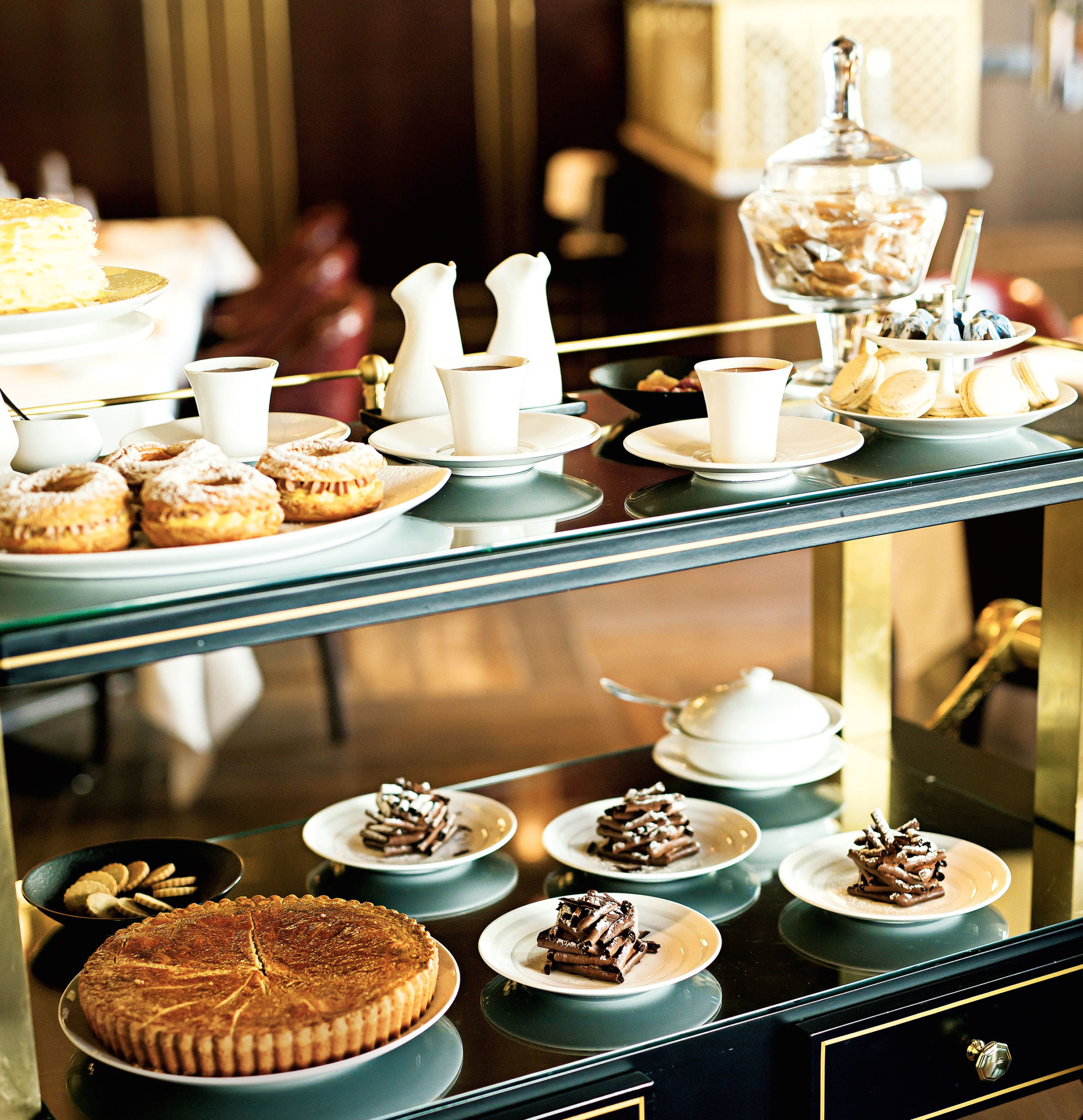
Our dessert choices improved
In 2010, we reached peak fast-dessert. Pinkberry opened its first DC store, and TLC launched a reality show centered on Georgetown Cupcake. Meanwhile, after the financial crash, some restaurants stopped investing in full-time pastry chefs, either outsourcing their desserts, using a pastry consultant, or skipping sweets all together. Now, Pinkberry is no more, and its imitators have largely disappeared. Many not-Georgetown-Cupcake cupcake shops have shuttered. We’ve seen a rise in more interesting sweet shops—Piccolina, Buttercream, Annare, and Pluma among them. And there’s a pastry chef renaissance happening. Current stars of the scene include Pichet Ong (Brothers and Sisters), Paola Velez (Kith and Kin), Lizzy Evelyn (Elle), and Caitlin Dysart (Centrolina/Piccolina). Even the eye-catching dessert cart made a comeback at places like Mirabelle and Emilie’s.
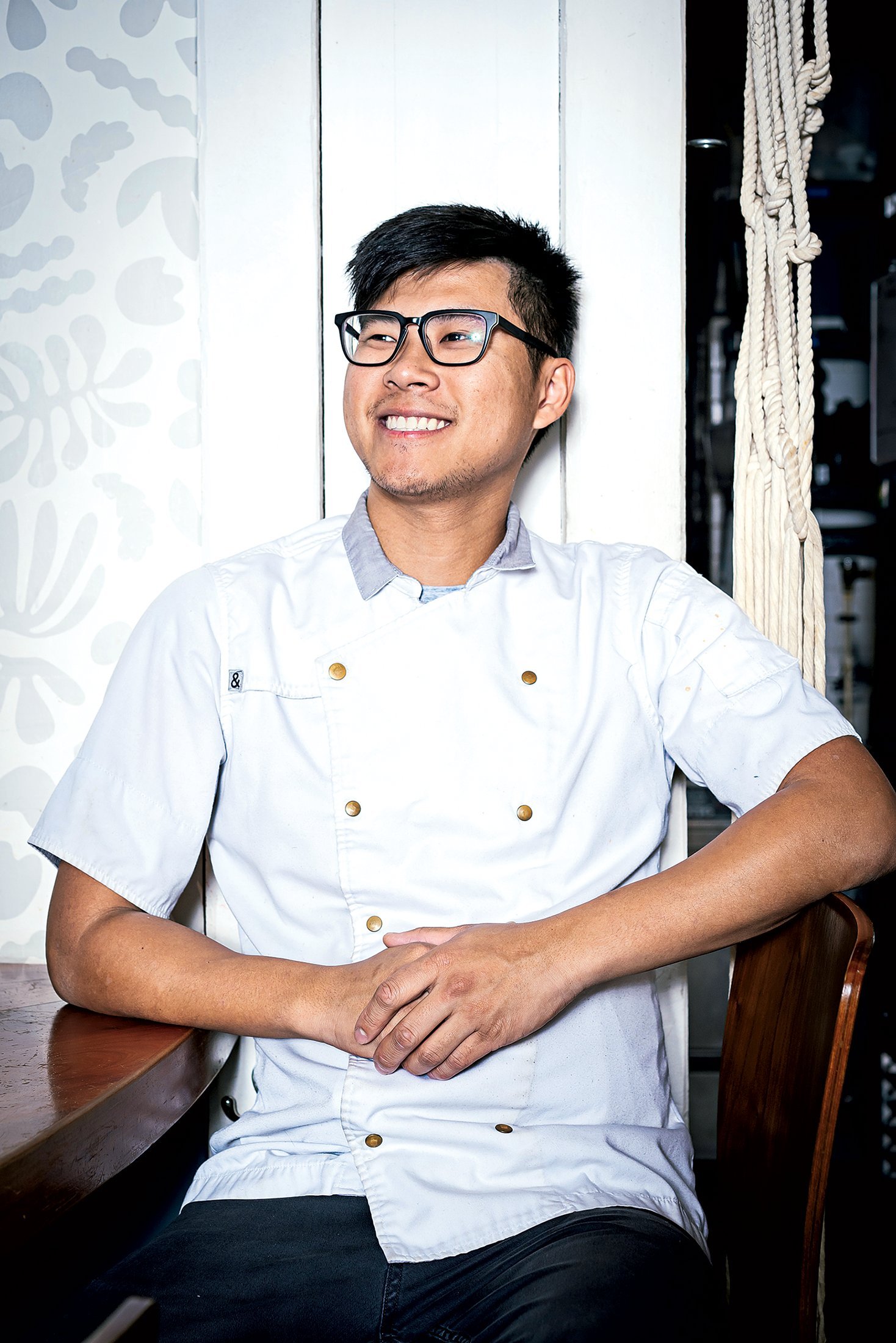
Kitchens became more humane
Just a few years ago, the brutality of restaurant-kitchen culture seemed like a fixed reality. The back of the house had long been a grueling place to work, even if you weren’t factoring in the punishing hours and low pay. But there are actually signs of change, thanks to #MeToo, an increased awareness of mental health (RIP Anthony Bourdain), and disruptor restaurateurs who are resolute about doing things differently. Kevin Tien, who runs Emilie’s and Hot Lola’s, adds a wellness provision charge onto his checks, which goes towards health insurance and fair wages. Aaron Silverman of Pineapple and Pearls and the mother/daughter duo behind Thamee have similar policies. Healthcare and parental leave aren’t out of the realm of possibility anymore, even at chains like Sweetgreen, which now gives employees five months of parental leave. Lately I’ve seen line cooks in open kitchens look more happy than stressed out. That’s new.
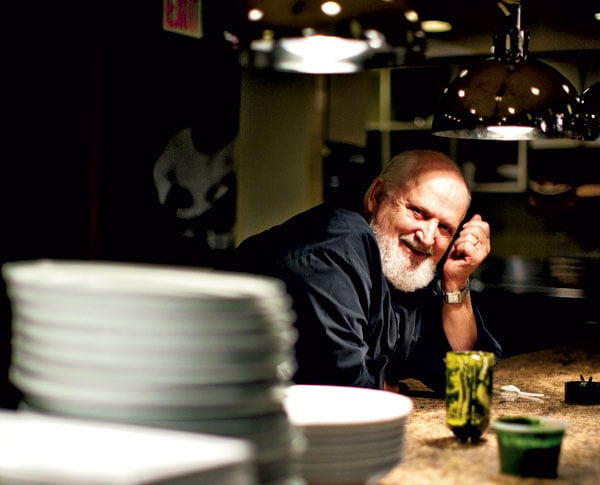
We lost some pioneers
Much-loved chef Francois Haeringer, who ran L’Auberge Chez Francois for 56 years, passed away in 2010. Walter Scheib, the longtime White House chef who worked for the Clintons and Bush 43, died in 2015. Michel Richard, the whimsical genius behind Citronelle and Central, passed away in 2016. In October, Karl J. Herold, the chef/owner of 71 year-old Cleveland Park restaurant Old Europe passed on. And just a few weeks ago we lost Bob Kinkead, who for 19 years ran seafood destination Kinkead’s in Foggy Bottom.

